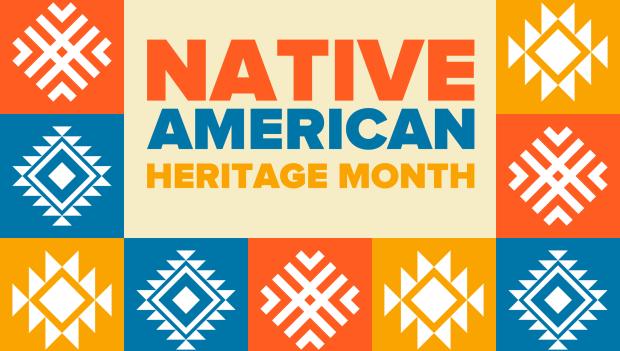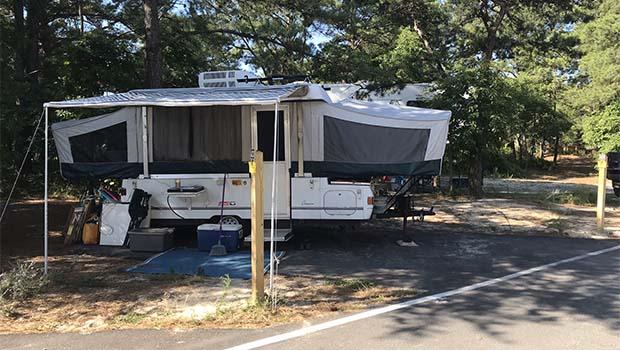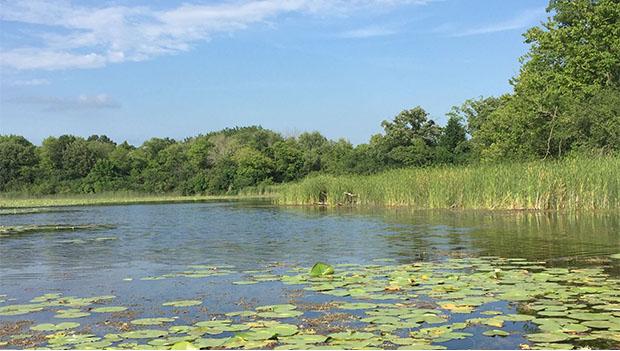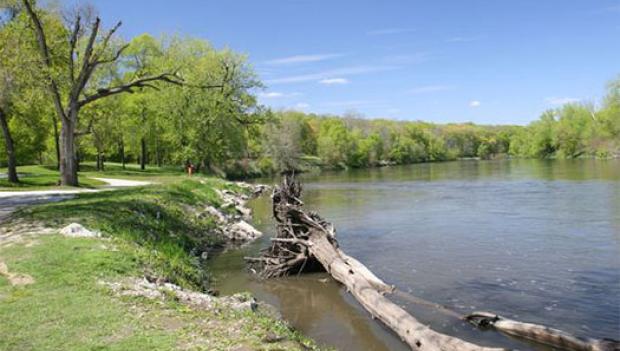
November is Native American Heritage Month, and celebrates the diverse cultures, histories, and contributions of Native American people. In honor of Native American Heritage Month, we bring you a compilation of state parks with rich Native histories. These parks may be named after famous tribal leaders, have historical Native landmarks, or feature museums with exhibits on Native American artifacts and culture. All of these parks also have camping and other recreational opportunities for a perfect outdoor getaway.
1. Three Island Crossing State Park, Idaho
Why We Love It:
- Museum has exhibits on Native American history
- Wildlife viewing
- Plenty of recreational activities
Located on the banks of the Snake River at Glenns Ferry, Three Island Crossing State park is a scenic recreational area with an historical focus. At the park is the Oregon Trail History and Education Center that teaches the public about the pioneers on the famous trail, as well as local Native American history. The area was a famous river crossing for the Oregon Trail emigrants. The education center also details how the relations between Oregon Trail settlers and the Shoshone Paiute People living at the crossing were initially friendly and then became contentious.
The area offers plenty of hiking and wildlife viewing amidst the high desert scenery. There is a conference room and day use shelters for rent, as well as nearly 100 camping sites, including RV sites and cabins.

2. Lums Pond State Park, Delaware
Why We Love It:
- Diverse recreational activities
- Beautiful woodland area on a freshwater millpond
- Area was historically a hunting campsite for Native American tribes
Nestled in woodland area of oak and poplar, Lums Pond State Park is a beautiful site set along the banks of the state’s biggest freshwater millpond. The pond was created in the early 19th Century by damming the St. Georges Creek to fill the locks of the canal that connects the Chesapeake Bay and the Delaware River. Prior to the creation of the pond, St. Georges Creek flowed through the hardwood forest and was an important area for the local Native American tribes. Evidence has been unearthed that the woodlands were used as hunting camps for the tribes.
Today Lums Pond State Park is a highly diversified recreational area with hiking, fishing, biking, kayaking, disc golf, and horseback riding available. There are also 84 camping sites available year-round, including tent, RV and yurts.

3. Pokagon State Park, Indiana
Why We Love It:
- Named in honor of local tribe leaders
- Park structures complement natural scenery
- Plenty of recreational activities
Located near Angola, IN, Pokagon State Park is named to celebrate the area’s rich Native American heritage. The park’s namesakes are Leopold and Simon Pokagon, a father and son who were the last two prominent leaders of the Potawatomi tribe.
As one of the state’s first parks, Pokagon State Park was constructed from 1934-42 by the Civilian Conservation Corps. The stone and log structures built along the rolling wooded hills, open meadows and wetlands are designed to accent the natural scenery. Besides the beauty of the area, there are plenty of recreational opportunities, including boating, swimming, fishing, nature programs and tobogganing in the winter. Campers have their choice of settings with nearly 300 campsites, including tent sites, RV sites, and shelter rentals.

4. Dolliver Memorial State Park, Iowa
Why We Love It:
- Three Native American mounds in the park
- Located on the banks of a river
- Plenty of other recreational activities
Dolliver Memorial State Park is a 594-acre park located within the scenic Des Moines River Valley. The area’s natural beauty boasts unique bluffs, flatlands, and canyons. It is also home to ancient Native American mounds, whose actual purpose is unknown. There is a linear mound and two conical mounds, dating to the Woodland Culture around 1100 A.D. While the purpose of the mounds is not exactly clear, they are thought to have been used for ceremonial or burial purposes.
Besides admiring the ancient mounds , there are a lot of outdoor activities to enjoy. A boat ramp provides access to the Des Moines River for canoeists and fishing enthusiasts. There is also a robust trail system for hiking and horseback riding. Campers have access to modern restrooms and showers, as well as a trailer dump station. There are open picnic shelters for rent, as well as two basic family cabins that sleep four. There are also two historic day-use lodges that can be rented for gatherings and events.

5. Tomoka State Park, Florida
Why We Love It:
- Site of a former Native American village
- The park is located along a picturesque lagoon
- Plenty of recreational activities
Tomoka State Park, located about 10 minutes away from Daytona, has a long, rich Native American history. Tomoka Point, located within the park, was once home to a Timucuan tribe in the village of Nocoroco which dates back almost 1,300 years ago. Its shell midden, an archaeologically-significant mound of discarded shells, can still be seen. Interpretive plaques and signs explain the area’s history.
Visitors to the park can rent kayaks or canoes and paddle the same fish-filled lagoon that people have for centuries. Camping, boating, and bird-watching are also popular past-times. Additionally, there is a museum that houses Native American artifacts and exhibits on Florida’s local history. As a full facility camping venue, the park has over 100 campsites, grills, picnic tables, and a meeting area for large groups.

6. Fremont Indian State Park, Utah
Why We Love It:
- Native American rock art and archeological sites
- Museum with Fremont artifacts
- Great hiking opportunities
Fremont Indian State Park and Museum is dedicated to preserving a treasure trove of rock art and archaeological sites. The area was home to the largest known Fremont Indian village, uncovered during construction of nearby Interstate 70. The Fremont people were a pre-Columbian culture, contemporaneous with, but different from, the Ancestral Pueblo tribes to the south. The Fremont culture was named for the nearby Fremont River.
Visitors to the park can view the ancient Fremont rock art carved into rock faces and depicting animals and people. The museum features relics from the Fremont culture, including pottery, baskets, and arrowheads, as well as a video program about the ancient people. Additionally there is a trail system to explore the area, and a campground with tent, RV and cabin camping.
Also Recommended: 10 Great State Park Museums